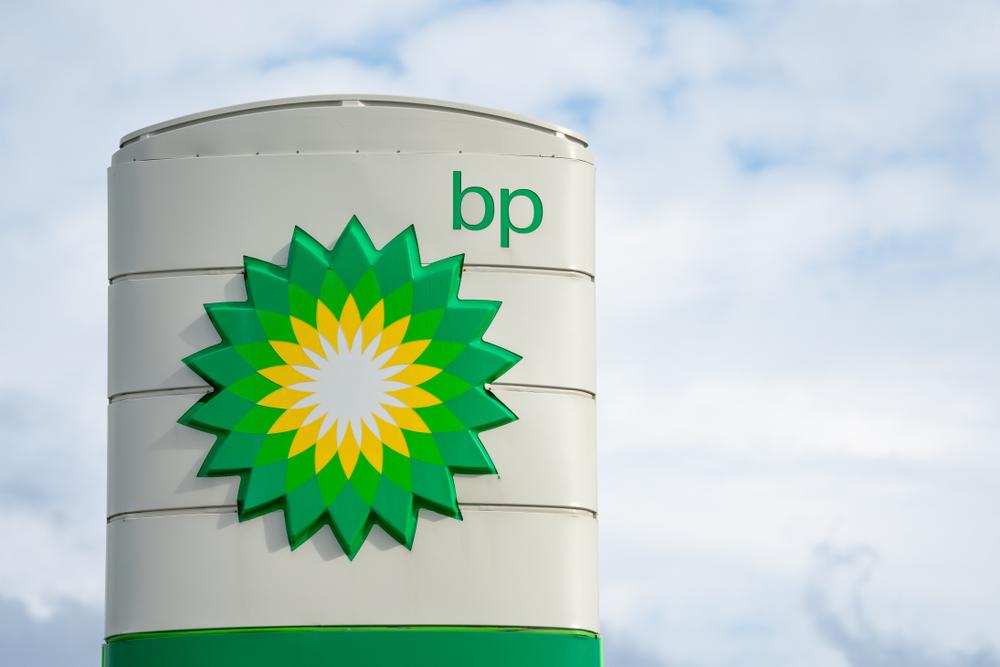The BP share price (LON:BP) has crashed over 50% from the recent highs and the BP dividend now provides one the highest yields the oil giant has ever recorded.
With a BP share price of 237p, the oil & gas company is yielding a bumper 14.7%.
This yield is of course based on last year’s dividend and isn’t necessarily the yield investors will get going forward, if BP decide to amend their payouts.
The sell off in oil prices induced by coronavirus and a production war between Saudi Arabia and Russia now brings the BP dividend into question. In particular, whether BP will have to cut their dividend.
The increase in the quarterly dividend in Q4 from 10.25 cents to 10.5 cents means BP paid out $8.3 billion in dividends in 2019, up from $8.1 billion in 2018.
The affordability of this payout will dictate whether the BP has to cut the dividend in 2020. Key to the affordability of the dividend is BP’s profit in 2020 and BP’s cash reserves.
BP Financial Outlook
BP’s profitability is likely to be severely dented in 2020, and this would be after 2019’s net profit more than halved to $4.2 billion from $9.6 billion in 2018.
BP recorded an average Brent oil price of $64.21 in 2019. With oil price trading below $30 and Goldman Sachs analysts predicting oil could fall as low as $20, it is likely BP profits will gain be lower in 2020.
This would mean that BP would be paying dividends out of retained earnings if it were to maintain current payout levels.
To measure the affordability of making payments from BP’s cash reserves one must look at BP’s cash and equivalents which stood at $22.5 billion as of 31st December.
Such a strong level of cash would provide support for the dividend for some time and the company also has signifiants cope to reduce Capex to help conserve cash. BP opted for this strategy during the oil price decline in 2015/2016 and maintained dividend payouts throughout.
Share Buybacks
In addition to the dividend on ordinary shares, BP allocated $1.5 billion to share buybacks. This provides some buffer against the dividend as the board would rather reduce or cancel share buy back before dreaming of cutting the dividend.
A reduction or elimination of share buy-backs would mirror the move by peer Royal Dutch Shell, who announced they would be ceasing their share buyback program.
BP Dividend Cut
Investors must question whether the market has already priced in a dividend cut and everyone should be prepared for a reduction in payout.
However, if BP halved their dividend to 5 cent, investors who purchased shares at current price would still receive a 7% yield.
This is yield would still be than the long term FTSE 100 average that fluctuates around 4% – 6% and vastly more than you will now receive from a cash ISA after the Bank of England cut rates to 0.1%.
Exchange Rate Fluctuations
Investors must also take into consideration the exchange rate. The BP dividend is paid in US dollars and with the pound at record lows against the dollar, this has increased the historic dividend yield which will naturally decrease increase GBP/USD moves to the upside.
If GBP/USD were to stay at 1.1640, BP’s 10.5 cent dividend would be worth 9.02p after the recent decline in sterling.
This is roughly 10% more than the 8.155p investors received from the 2019 Q4 dividend based on GBP/USD of $1.28742 set on exchange rates 10th March to 13th March 2020.
BP Share Price
There are a number of factors driving the BP share price and with shares down over 50% YTD, investors biggest concerns will be a dividend cut which will ultimately dictate shares in the medium term. It is almost certain a dividend cut would be negative for BP shares.
However, with BP’s past record of maintaining dividend through tough times and predictions of a the economic slowdown limited to one of two quarters, it would take something catastrophic for BP to cut its regular dividend payments.




